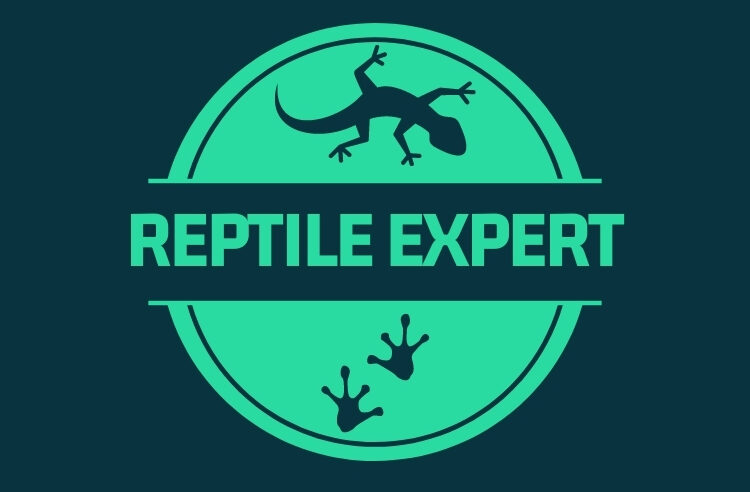Despite the common belief that many people easily keep a tortoise at the bottom of the garden, occasionally feeding it lettuce leaves – tortoises are actually a challenging pet and not really recommended for the beginner or casual reptile owner. Not only do they grow to impractical sizes, especially for indoor housing, but they also have complicated dietary requirements and habits. Thorough knowledge of the individual species and good husbandry is essential for the tortoise to thrive.
The Ban on Tortoises
In addition, many tortoises that were once popular as pets are now listed under CITES (the Convention on International Trade in Endangered Species) and are also covered by additional, EU-wide, legislation which controls sale, transport and possession within Europe. This means that you can no longer import, sell or trade tortoises in any way within Europe without a special permit. This can make locating a captive-bred tortoise quite difficult (never buy a wild-caught specimen and do not attempt to bring one in from overseas) although joining a tortoise organisation, such as the Tortoise Trust, can provide you with good specialist advice, listings for reputable breeders and even information about tortoises that need re-homing. If you do find a good, captive-bred tortoise in a reptile shop, make sure that it is sold with FULL DOCUMENTATION as otherwise you may be unwittingly supporting the illegal trade in wild animals.
The most popular species for pets include the leopard tortoise, Hermann’s tortoise (sometimes called Mediterranean tortoise) and the Mediterranean Spur-Thigh Tortoise – however, these are all listed now under the CITES endangered list. The Russian or Horsefield Tortoise, however, is still exempt and is also a popular choice as a pet.
Tortoise Challenges
Lifespan:
One of the key things about tortoises is that they have incredibly long lifespans – from 50 to over 100 years – and this is something you need to consider when making a commitment to this type of pet. Not only will you need to commit to a lifetime of care but you must make provisions for a pet that could easily outlive you.
Diet:
Many tortoise species have voracious appetites and careful attention must be paid to their diets: they must have a good variety, with particular emphasis on the amount of roughage in the diet. You must also closely monitor the calcium/phosphorous balance. This is too vast and complicated a topic to be covered in this article and specialist books and reptile experts should be consulted.
Housing:
Ideally, tortoises should live outdoors and this means they may be more suited to areas with milder climates. However, you may still need to bring your tortoise in over night or during cooler periods, depending on the temperatures of its natural habitat and where you live yourself. If – as with many species – the tortoise grows very large, providing appropriate indoor housing can be quite a challenge.
Even if you feel that you can leave your tortoise outdoors the entire year, always provide some form of shelter, such as a doghouse, ideally with heating as well. For some species, a temperature drop will trigger hibernation and this is something that they need to do, although it can be a very stressful period and requires special prepartions. Consult a knowledgeable vet or reptile expert to make sure that your tortoise is in good enough condition to cope with hibernation and for advice on how to prepare for this vulnerable period.
Most tortoises will need a custom-built enclosure. Make sure that the outdoor pen is very strong as tortoises, especially large adults, are surprisingly strong and a flimsy structure will not last very long. As tortoises love to burrow, make sure that the fences are deeply buried – in addition, some tortoises climb very well so make sure that the pen has a securely-fitted roof as well. This not only prevents them from escaping but also keeps them safe from potential predators, such as dogs.
Features inside the pen will add interest but check that there are no poisonous plants or sharp or small objects that might be accidentally ingested. Any body of water should be shallow and also make sure that any obstacles (e.g. rocks, steps) won’t cause the tortoise to flip on its back while trying to climb it, as this can lead to death.
Special Needs:
Some species of tortoise can be quite anti-social and even aggressive, particularly if males are kept together in too small a space. The resulting fighting can cause serious injuries around the eyes and legs. So always research your chosen species carefully and note their normal habits in the wild before attempting to find a cage mate for your pet. In general, tortoise species vary significantly in their housing, environmental and dietary needs, as well as their adult sizes, temperature and lighting needs so thorough research and choosing the right species is crucial to success.
This article is simply an introduction to keeping tortoises as pets and anyone with a serious interest should join a good tortoise organisation, get expert advice and do thorough research through specialist books.
